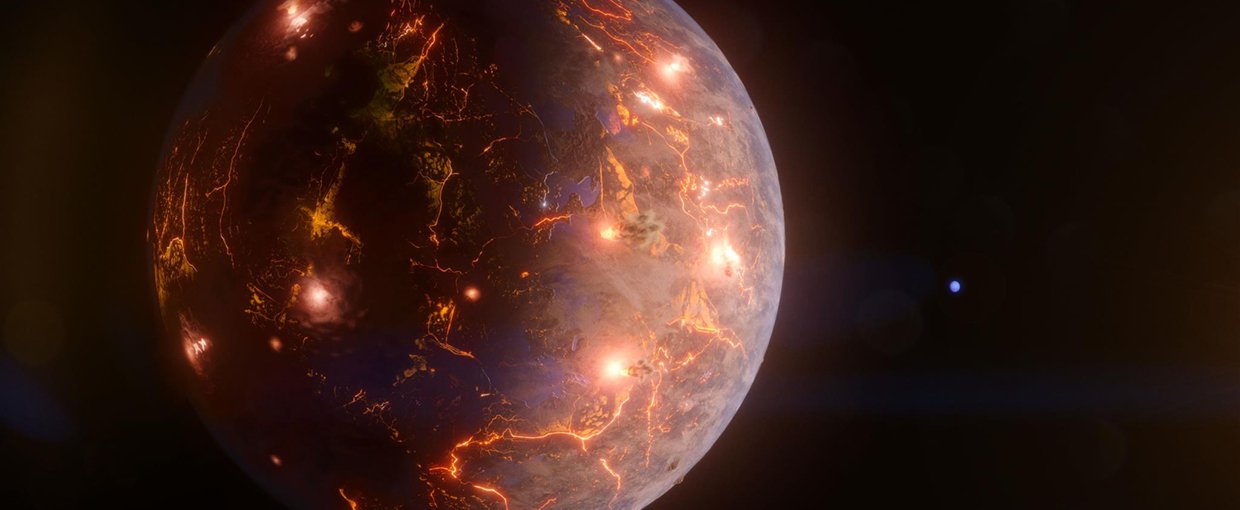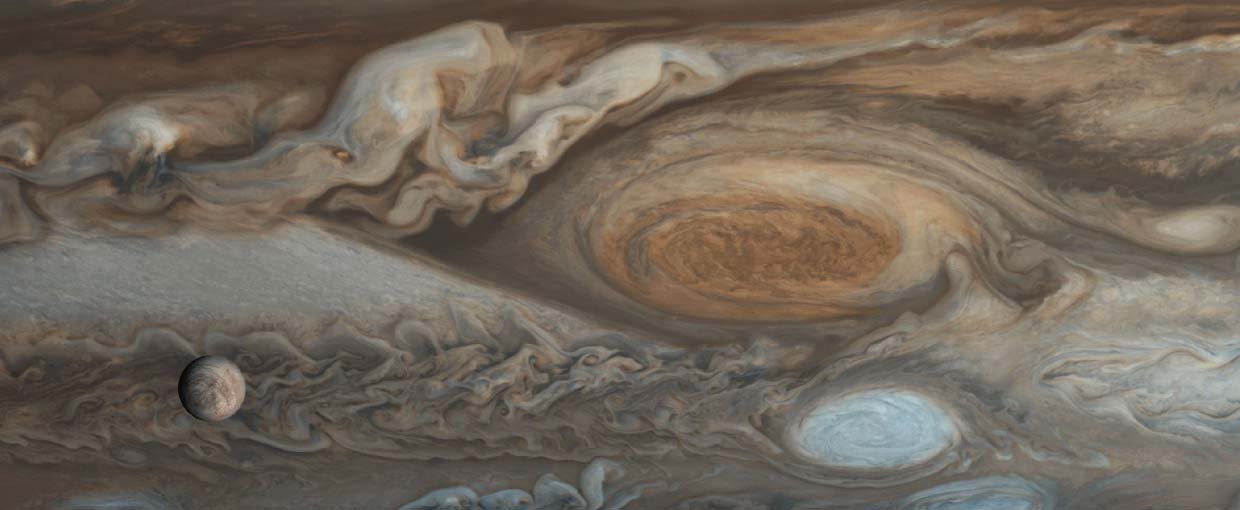Liu, J., Luo, G., Algeo, T. J., Qie, W., Yao, L., Huang, J., & Xie, S. (2024). Marine sulfate sulfur isotopic evidence for enhanced terrestrial weathering and expansion of oceanic anoxia during the Devonian-Carboniferous transition. Global and Planetary Change, 239, 104494. doi:10.1016/j.gloplacha.2024.104494
Wasylenki, L. E., Wells, R. M., Spivak-Birndorf, L. J., Baransky, E. J., & Frierdich, A. J. (2024). Toward mending the marine mass balance model for nickel: Experimentally determined isotope fractionation during Ni sorption to birnessite. Geochimica et Cosmochimica Acta, 379, 76–88. doi:10.1016/j.gca.2024.06.022
Boan, P. C., Evans, S. D., & Droser, M. L. (2024). And now for something completely random: spatial distribution of Dickinsonia on the Ediacaran seafloor. Global and Planetary Change, 238, 104467. doi:10.1016/j.gloplacha.2024.104467
Pavlov, A. A., McLain, H., Glavin, D. P., Elsila, J. E., Dworkin, J., House, C. H., & Zhang, Z. (2024). Radiolytic Effects on Biological and Abiotic Amino Acids in Shallow Subsurface Ices on Europa and Enceladus. Astrobiology, 24(7), 698–709. doi:10.1089/ast.2023.0120
Dhaliwal, J. K., Day, J. M. D., Creech, J. B., & Moynier, F. (2024). Copper and zinc isotope compositions of pristine eucrites as analogues for differentiated planetary feedstocks. Earth and Planetary Science Letters, 637, 118740. doi:10.1016/j.epsl.2024.118740
Surprenant, R. L., Gehling, J. G., Hughes, E. B., & Droser, M. L. (2024). Reply to “Comment on “Biostratinomy of the enigmatic tubular organism Aulozoon soliorum, the Rawnsley Quartzite, South Australia” by Surprenant et al. (2023)”. Gondwana Research, 131, 69–74. doi:10.1016/j.gr.2024.02.010
Gilbert-Janizek, S., Meadows, V. S., & Lustig-Yaeger, J. (2024). Retrieved Atmospheres and Inferred Surface Properties for Terrestrial Exoplanets Using Transmission and Reflected-light Spectroscopy. The Planetary Science Journal, 5(6), 148. doi:10.3847/psj/ad381e
Heubeck, C., Beukes, N., De Kock, M., Homann, M., Javaux, E. J., Kakegawa, T., … Kunkel, C. (2024). BASE (Barberton Archean Surface Environments) – drilling Paleoarchean coastal strata of the Barberton Greenstone Belt. Scientific Drilling, 33(2), 129–172. doi:10.5194/sd-33-129-2024
Pou, L., Panning, M. P., Styczinski, M. J., Melwani Daswani, M., Nunn, C., & Vance, S. D. (2024). Tidal Seismicity in the Moon and Implications for the Rocky Interior of Europa. The Planetary Science Journal, 5(6), 142. doi:10.3847/psj/ad47bc
Zammit, M. A., Borg, J., & Adami, K. Z. (2024). Exoplanet host star classification: Multi-Objective Optimisation of incomplete stellar abundance data. RAS Techniques and Instruments. doi:10.1093/rasti/rzae020



